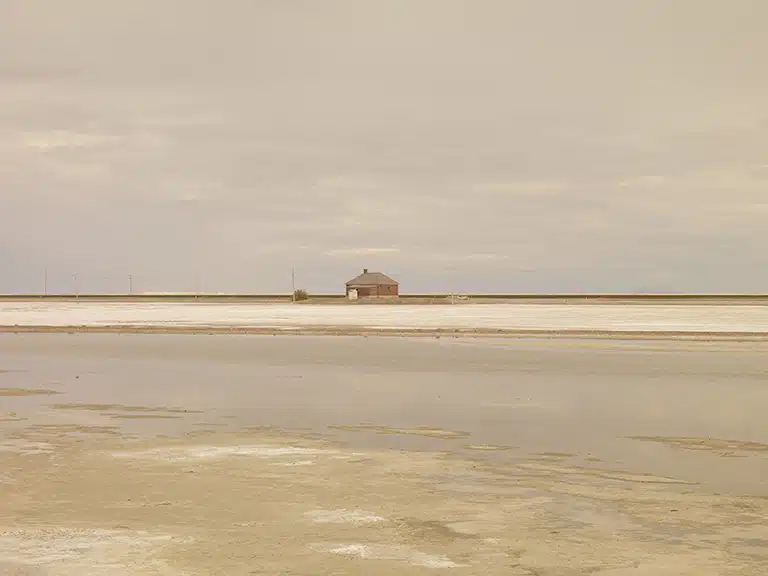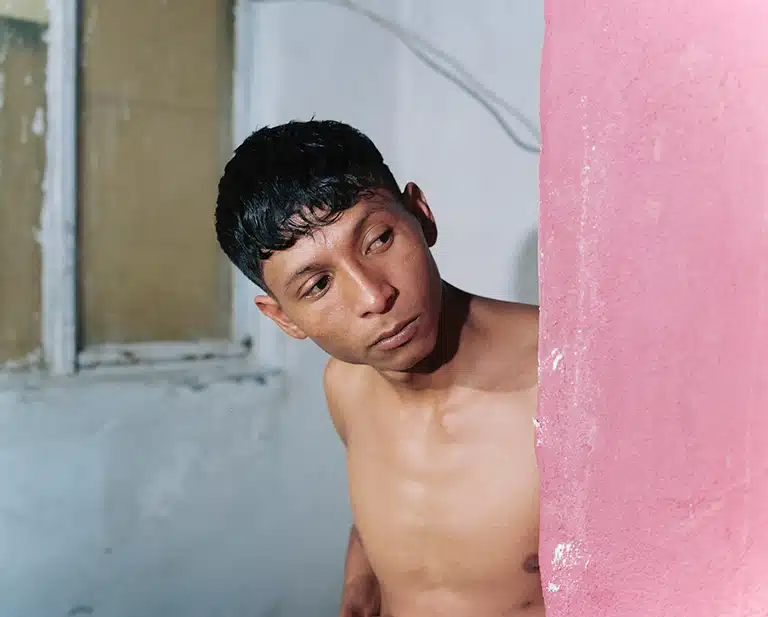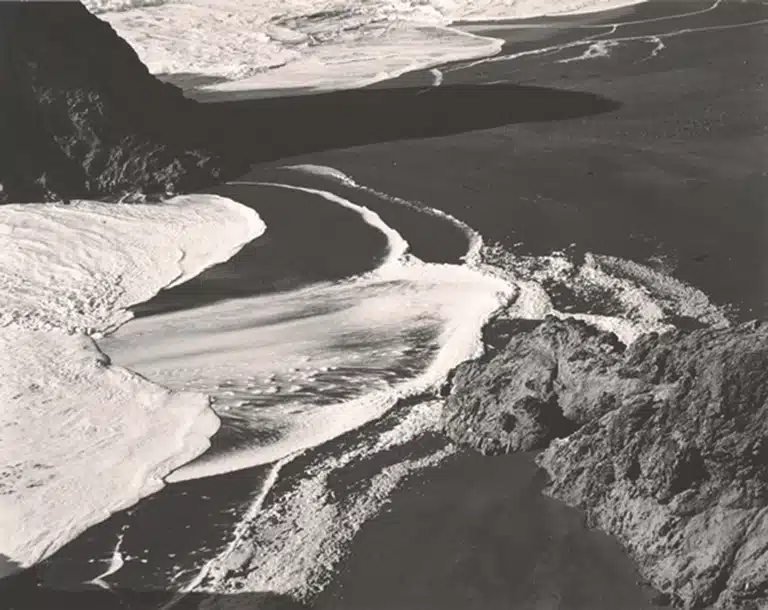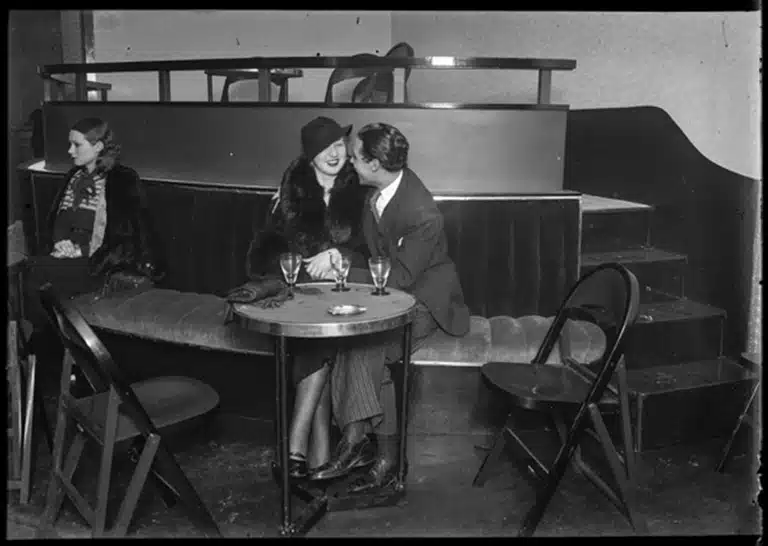The Dance of Colors: Nijinsky’s Eye and Abstraction
OCT.07.2009 ──────── DEC.20.2009
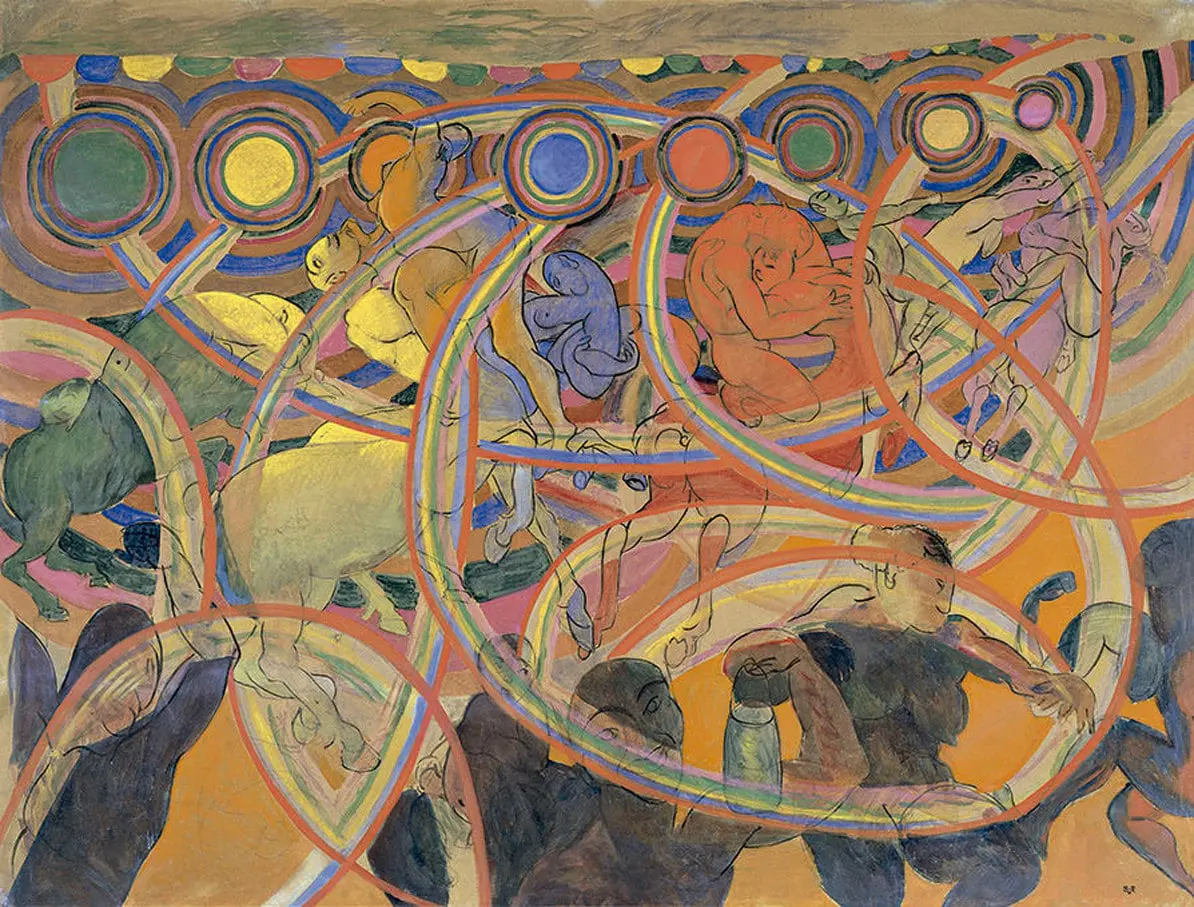
Vladimir Baranov-Rossiné
Nymphs and Centaurs, 1914
© Vladimir Tsarenkov Collection
Exhibition
OCT.07.2009 ── DEC.20.2009
Location
Recoletos Exhibition Hall
Paseo Recoletos 23, 28004 Madrid
The Exhibition
On 19 May 1909, the Russian ballet dancer and choreographer of Polish origin, Vaslav Nijinsky, performed for the first time in Paris. The artist was very quickly hailed by the public as the leading light of European stages. Yet in addition to his brilliant role as a dancer, around 1919 Nijinsky created a series of penetrating color paintings, surprisingly similar to the modern art of Paris at that time. Using subtly colored drawings of circles and ellipses, the dancer created a series of prints in which space and vision were interrelated, condensing rhythm and color into a painted choreography of deep emotions.
The exhibition “The Dance of Colors: Nijinsky’s Eye and Abstraction” displayed a practically unknown collection of these valuable prints by Nijinsky in the context of the visual modernity of his time. In a separate section of the exhibition, a series of photographs, posters, paintings and sculptures by well-known contemporary artists revisited the historical figure and personality of the twentieth century dancer.
The dance of colors also unfolded in the paintings and paper-based work of some of the most outstanding artists of that time, from Sonia Delaunay-Terk, Alexandra Exter, Vladímir Baranov-Rossiné, Serge Charchoune and Léopold Survage to the paintings of Czech artist František Kupka. Like Nijinsky, these artists spent differing periods of time in Paris from the first decade of the twentieth century onwards. The composition of the color abstracts that emerged between 1910 and 1930 mainly featured crisp colors, oscillating forms, concentric circles, ellipses and arcs. The composition of the paintings was characterized by a powerful rhythmic accent reminiscent of the movements of dance and cinematographic musical sequences. By means of movement, the physical presence of the human figure is united on canvas with the light, forms and vibrations of the cosmos.
The exhibition features 21 of Nijinsky’s drawings, mainly loaned by the John Neumeier Foundation, and around the same number of works by other artists, each representing between five and fifteen works from major museums and private collections in Prague, Paris, Hamburg, Zurich, London, Moscow, Lisbon and New York.
